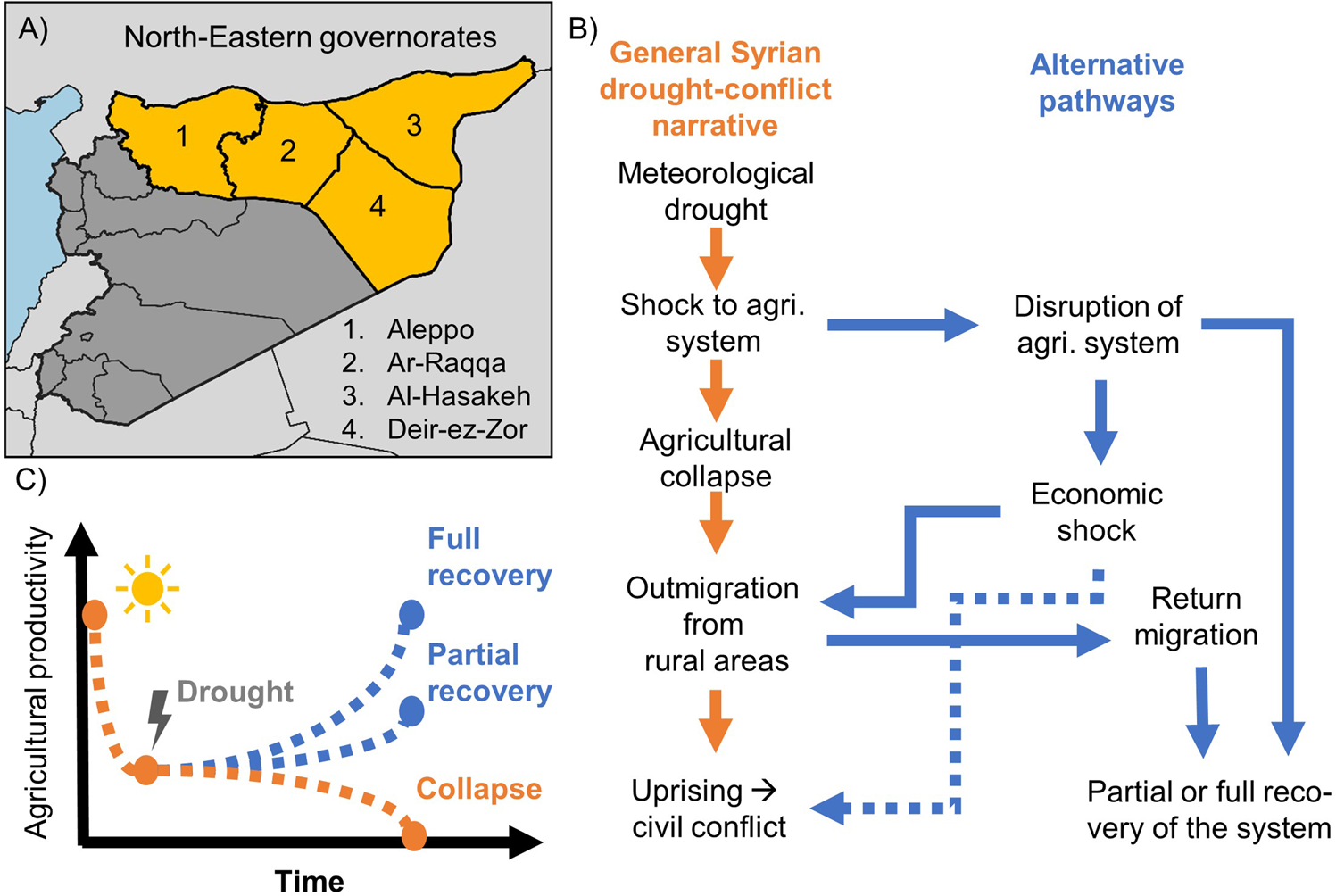The Syrian Civil War, a protracted and devastating conflict that has reshaped the political landscape of the Middle East, emerged in 2011 as a wave of protests swept across the Arab world. As we delve into an in-depth exploration of the history and evolution of the Syrian Civil War from 2012 onward, the complexities and interconnectedness of the conflict become apparent.
Origins and Escalation (2012–2013)
The roots of the Syrian Civil War trace back to the Arab Spring, a series of anti-government uprisings that spread across the Middle East and North Africa in 2011. In Syria, discontent with the autocratic rule of President Bashar al-Assad erupted into mass protests demanding political reforms and greater freedoms. However, as the government responded with brutal force, the situation escalated into a full-blown armed conflict.
By 2012, what began as a popular uprising had transformed into a multifaceted war. Opposition forces, comprised of diverse factions with varying ideologies, united in their goal to overthrow the Assad regime. The Free Syrian Army (FSA), a loose coalition of rebel groups, emerged as a prominent player in the conflict. The international community watched with growing concern as the Syrian people faced a humanitarian crisis amidst escalating violence.
Chaos and Complexity: Shifting Alliances in the Syrian Conflict (2014–2015)
The years 2014 and 2015 marked a period of increased complexity in the Syrian Civil War. The rise of extremist groups, most notably the Islamic State of Iraq and Syria (ISIS), added a new dimension to the conflict. ISIS exploited the power vacuum and territorial instability to establish a self-proclaimed caliphate, unleashing a wave of atrocities that shocked the world.
Meanwhile, the dynamics of the conflict underwent further shifts as regional and international actors became deeply involved. Russia entered the fray in 2015, supporting the Assad regime with military intervention. The United States and its allies, on the other hand, backed various rebel groups, leading to a complex web of alliances and rivalries.
International Intervention and Proxy Wars: Syrian Civil War (2016–2017)
The years 2016 and 2017 witnessed heightened international involvement, transforming the Syrian Civil War into a proxy conflict. The city of Aleppo became a focal point of intense fighting, symbolizing the brutal urban warfare that characterized the conflict. The United Nations struggled to broker peace as global powers pursued divergent interests, exacerbating the suffering of the Syrian people.
As major powers clashed indirectly on Syrian soil, the civilian population bore the brunt of the conflict. The war’s toll on infrastructure, healthcare, and education was staggering. Millions of Syrians were displaced, creating a refugee crisis that reverberated globally.
The Rise and Fall of ISIS: Impact on the Syrian Theater (2018–2019)
The period from 2018 to 2019 witnessed significant developments, most notably the decline of ISIS. International efforts, including the U.S.-led coalition, targeted and weakened the extremist group. The Syrian Democratic Forces (SDF), with support from the coalition, played a crucial role in reclaiming territories from ISIS control, including the strategic city of Raqqa.
While the defeat of ISIS was a significant milestone, challenges persisted. The Assad regime, with Russian and Iranian support, regained control over key areas, solidifying its position. The Kurdish question emerged prominently, with tensions between the Kurds and Turkey complicating the already intricate conflict.
Humanitarian Crisis and Ongoing Struggles: Syrian Civil War (2020– )
As we enter the current phase of the Syrian Civil War, the humanitarian crisis continues to unfold. The war has left a lasting impact on the Syrian people, with millions facing displacement, trauma, and loss. Reconstruction efforts face numerous obstacles, and the question of political stability remains elusive.
International diplomatic efforts persist, but a comprehensive resolution to the conflict seems elusive. The Syrian Civil War, now in its second decade, stands as a testament to the complexities of modern warfare, the challenges of navigating regional and global power dynamics, and the resilience of a population caught in the crossfire.
In conclusion
An in-depth exploration of the history and evolution of the Syrian Civil War reveals a multifaceted and deeply entrenched conflict. From its origins in the Arab Spring to the present day, the war has evolved in complexity, marked by shifting alliances, international interventions, and the rise and fall of extremist groups. As the Syrian people continue to endure the consequences, the path to a lasting resolution remains uncertain.




